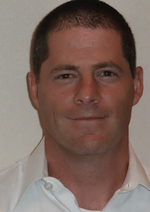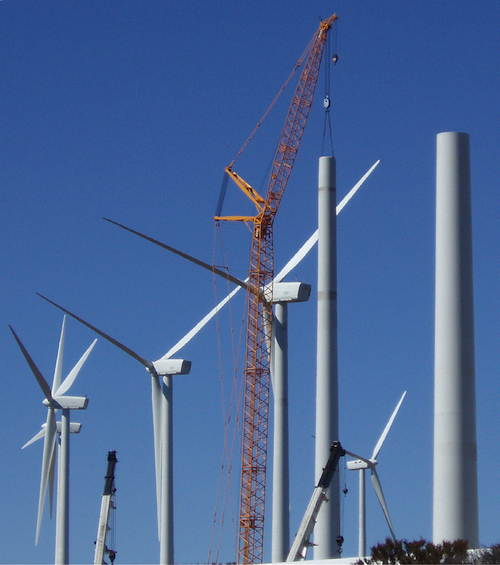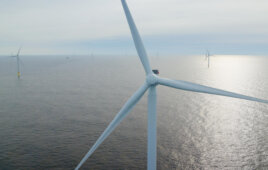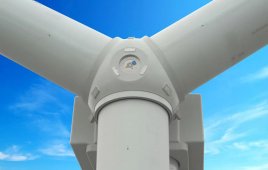Nick Verrekia
Director of Construction
Gamesa Technology Corp.
www.gamesa.com
With careful planning and good teamwork, the time it takes to build a wind farm is shrinking, which is generating payoffs for developers, owners, and operators. Trimming time and costs is critical to continued wind farm development in an uncertain 2011.
To illustrate the benefits of good planning and teamwork, consider the 150-turbine, 300-MW, Streator Cayuga Ridge South Wind Power Project in Illinois. The project finished ahead of schedule saving millions of dollars.
The original construction plan was to install 95 of 150 turbines in 2009. Favorable delivery and construction progress let Iberdrola Renewables expedite the final 55 turbines and install all 150 turbines by end of that year. The project became fully operational and began transmitting power in early 2010.
While working on the project with owner Iberdrola Renewables and contractor Mortenson Construction, Gamesa Technology Corp. incorporated several new initiatives. First, before construction could begin, Gamesa had to anticipate and manage some inherent logistical problems associated with such a large project. For example, to ensure on-time deliveries to the construction site, Gamesa created a logistics plan called the Wind Farm Optimized Supply Sequence.
All towers, nacelles, and turbine blades were shipped to a central staging area within an eight-hour drive of the wind farm. The staging area allowed more timely component deliveries, easier access to inventory, and more flexibility in the construction sequence. This tactic decreased development costs associated with delivery interruptions.
Next, Gamesa developed the Wind Farm Palletization Project. This packaging initiative ensured a flexible, targeted installation process in which pre-assembled work cages, spare parts, and tooling kits were delivered together and in sequence to the construction site. The idea seems small, but minimizing the risk of parts getting lost or separated at the job site can be crucial to a project’s timeline.
Adding to these procedural improvements was the team approach and coordination achieved by Gamesa, Iberdrola, and Mortenson. Their crews spent over 2,500 man-hours on advanced cross-training. Gamesa’s logistics manager met daily with Mortenson’s construction crew to ensure the right components were delivered when and where they were needed. Cooperation between Gamesa and Mortenson led to implementing the “model turbine concept,” which involved constructing and testing each turbine before proceeding with the rest of the project.
In the end, 150 turbines were erected, mechanically complete, and ready for commissioning in 90 working days, with availability above 97%. Many of the turbines were generating test power, and revenue, for Iberdrola Renewables as early as December.
The project was completed two months ahead of schedule and in just one phase, instead of the anticipated two, which led to an estimated $9 million cost benefit. Hence, erecting a wind farm need not be a lengthy and costly process.
A strategic delivery and staging plan can drastically reduce project lag time and costs. A flexible and logical assembly blueprint can ensure quality and consistency, even for ambitious projects. Also, maintaining a daily, in-person, and on-site relationship with project partners can go a long way toward the production of a profitable project.
WPE
Filed Under: Projects






